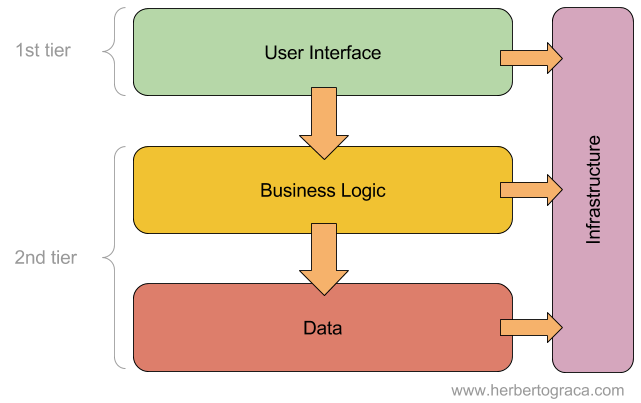Background
I have my app divided in separate layers. Layers from above are able to talk to layers bellow and to answer to layers above them, a normal layered architecture:
Now, each layer has a public interface, a unique point of entry.
This public API uses dialyzer to define some specs and types.
Problem
I don’t want the above layers to see the internals of the types I define in other layers. This way if I change the implementation details of layer 3, layer 2 wont care because layer 2 is not dependent on the internal structure of layer 3.
To achieve this I think opaque types could be the answer:
Questions
However, it says that opaque types are problematic and shouldn’t really be used because they are buggy.
This brings 2 questions:
- Have opaque types been improved since the author has written that article? (as in, are they still somewhat buggy, or are they no longer buggy)?
- If opaque types are still buggy, in what situations do they work as expected? What use cases are known to work properly?























